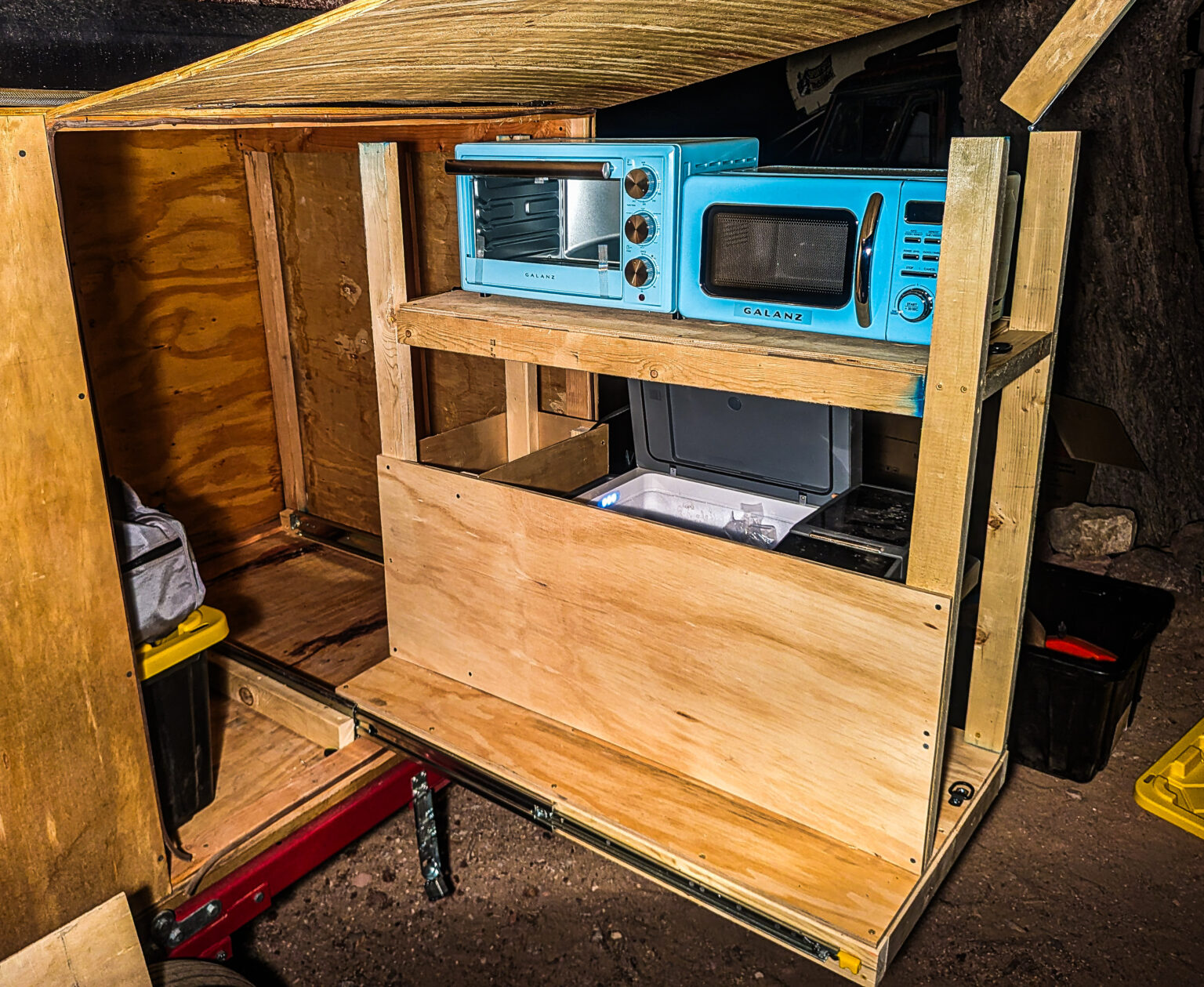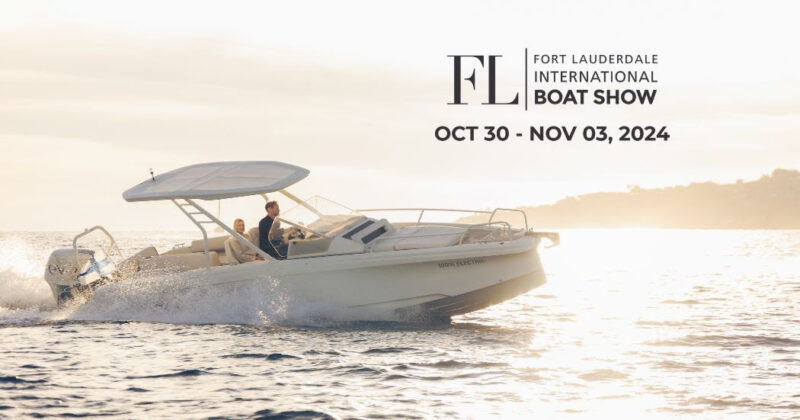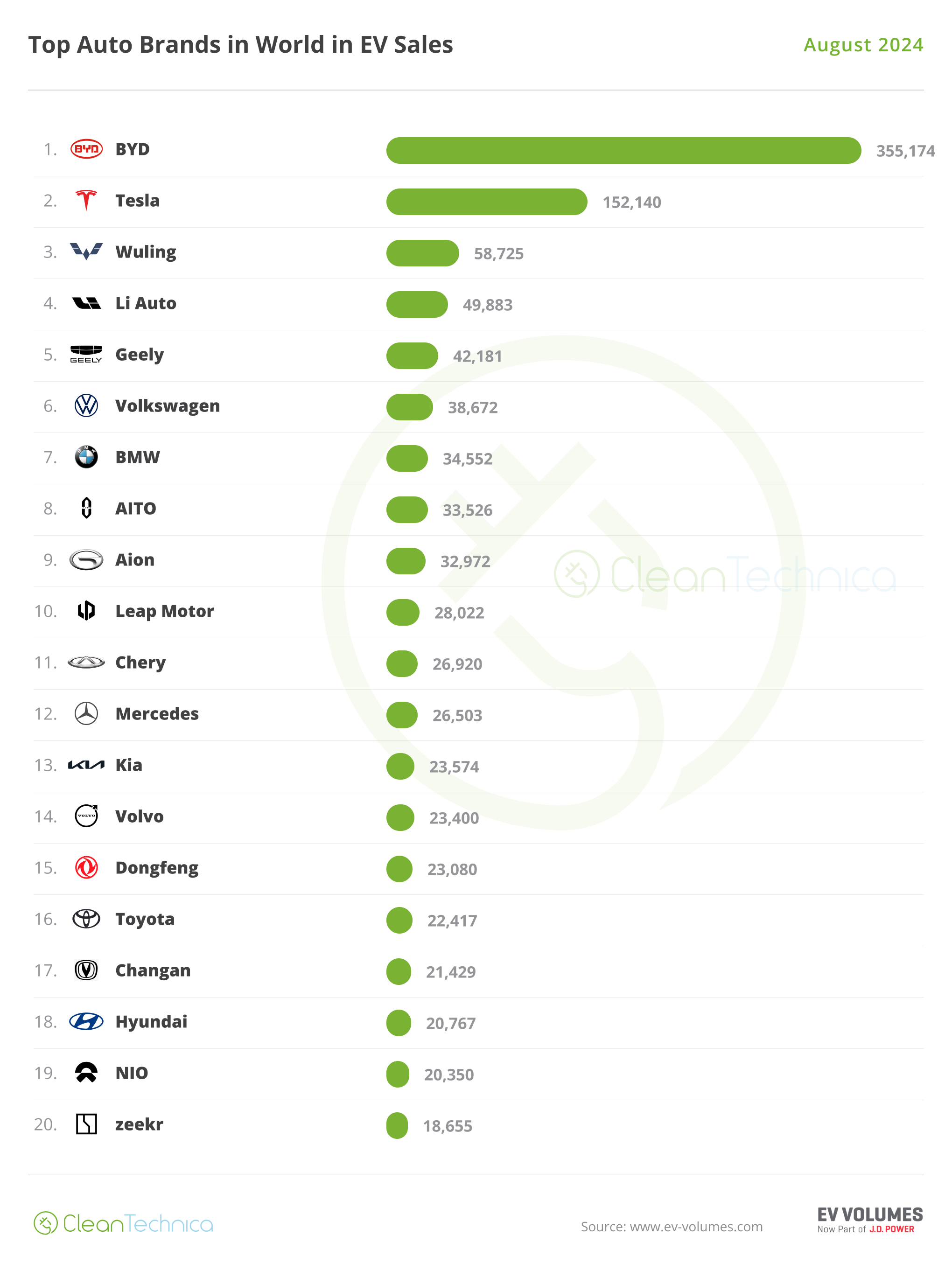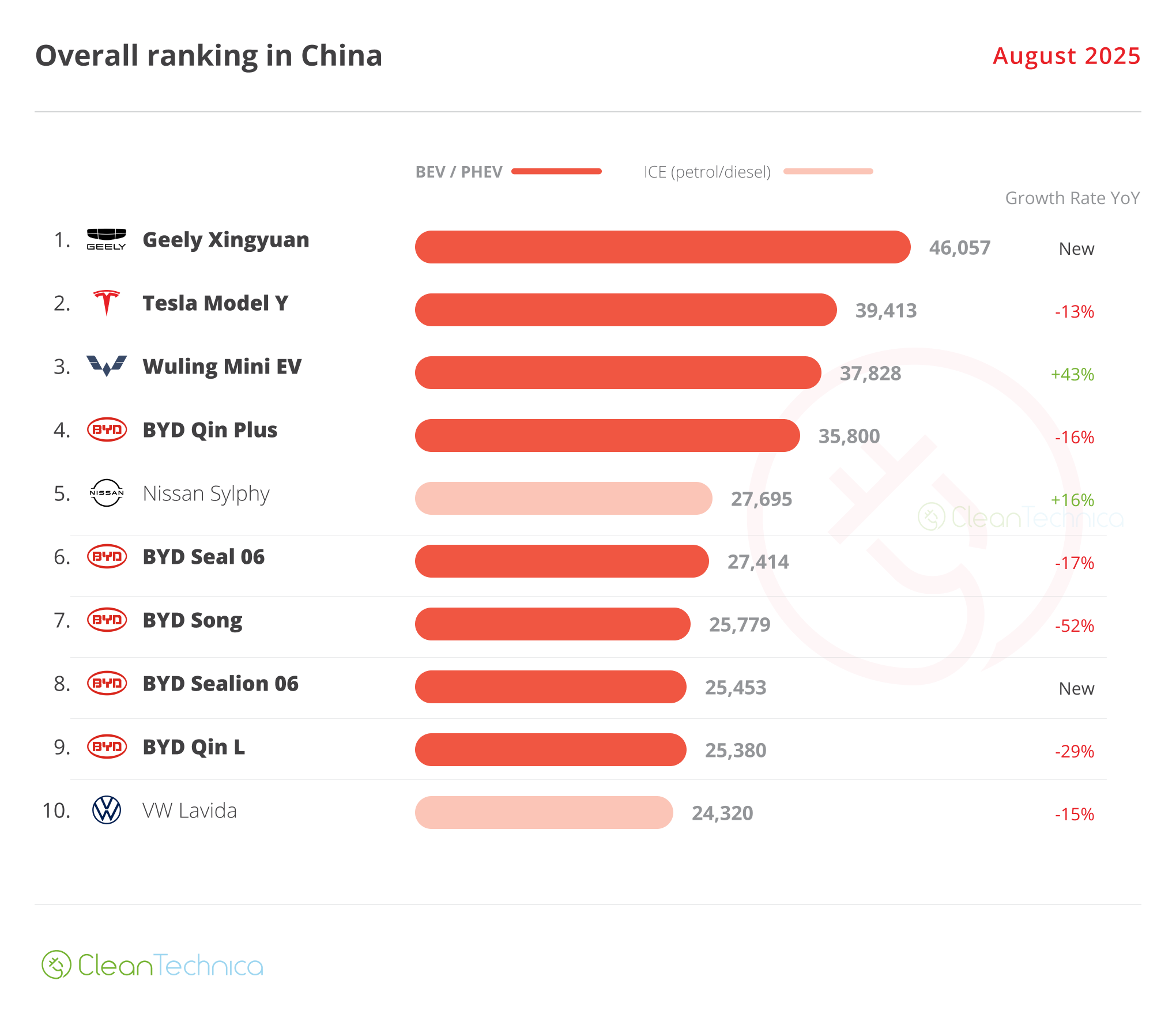Sign up for daily news updates from CleanTechnica on email. Or follow us on Google News!
As the holidays approach, we’re all looking for gift ideas or ways to have fun this winter and next year. After an ugly election that has left many people feeling like something bad is coming, some are looking for ways to prepare for emergencies. Plus, many people happy with the election are into preparedness regardless. You’d think that these two motivations (fun and being prepared for hard times) don’t have a lot of overlap, but in this article I want to talk about how clean technologies can often check both of these boxes.
So, if you want to kill two birds (and possibly more) with one stone, be sure to read on!
An Obvious But Expensive One: EVs
EVs can be a lot of fun. Whether you’re buying a commuter car, a sporty EV, or an electric pickup truck, they all have instant torque. I don’t think I need to explain why instant torque is fun, but for those who haven’t driven an EV yet, you’re in for a real treat the first time you stomp that skinny pedal! EVs are cheaper to drive if you can charge at home, allowing for more miles per dollar, which means more recreational driving is in financial reach. They’re also great at pulling up steep hills, even with a trailer, and LOTS of fun things can fit in a trailer.
At the same time, though, EVs are also a giant battery pack on wheels. My modest Chevy Bolt EUV has a 65 kWh battery pack. With an inverter pulling power from the 12v battery, I can get a continuous 1000-watt pull of power for up to about 55 hours, or power smaller things for a lot longer. Paired with a power station, this 1000-watt draw can power far bigger loads (up to 4,000 watts) for shorter periods, and then recover its charge from the Bolt afterwards. This means I can run air conditioning, a toaster oven, a microwave, a fridge, a heat pump, and many other comforts of home away from home.
Many electric trucks come with a far better setup. With plugs in the bed of the truck or in the frunk, EVs that have power outputs can directly power anything from power tools to campsites, to an emergency heater at home.
There are also V2X setups available that allow you to directly power your home via the EV charger in your garage during power outages, and do other cool things like use the car’s battery to take advantage of lower electric rates.
So, EVs kill not only two birds with one stone, but possibly dozens.
Power Stations & Solar Generators
We’ve reviewed a good number of these things here over the last few years. Basically, a power station is a bank of lithium batteries contained in a box with a power inverter and voltage stepdowns for DC power (cigarette lighter and USB). These devices can be charged from a plug at home, in your car, from solar power, from a generator (saving you fuel), or almost any other source of electricity.
Like an EV, these stations can power fun things, power serious work, or power critical items during an emergency. The smallest ones can only do things like charge phones and laptops, but the largest ones can power your whole house. They come in all sizes and at all pricepoints, allowing you to get the amount of power you need or the amount of power you can afford.
For emergencies, it’s a good idea to pair these with power efficient appliances or tools to get the most use out of them during power outages. Compressor fridges, heat pump ACs, low-wattage space heaters, electric blankets, and other devices can give you the comfort and safety of home with a lot less power than you might think. In my little trailer, I power a fridge that only takes a few dozen watts, and even then, only part of the time.
E-Bikes & Micromobility
E-bikes, electric motorcycles, electric scooters, and all of the other weird electric micromobiles out there (skates, unicycles, “hoverboards”) can be a lot of fun. Who doesn’t like going fast? Sure, most of these aren’t fast by car standards, but blazing your way down a trail or flying down a sidewalk at running speed can be a lot of fun. Add the advantages of exercise and maybe even cost savings of commuting with one of these, and you get a lot of big advantages.
These little efficient vehicles can also save you some serious power or gas in an emergency. If power isn’t available to charge an EV, or better—it’s powering your home—you’ll want to still be able to get around. Even if you don’t have an EV, having a little EV can still mean the difference between not getting around at all and going places in an emergency that shuts down gas stations and transit.
Even in the worst of situations, e-bikes are often the best way to get through. Fallen trees? Lift the bike over them and keep going. Holes opened up in the ground? Again, lift it over them and keep going. Narrow space a car can’t fit through? Dismount and walk the bike through it, perhaps even on the back wheel for extra maneuverability. There are very few places an e-bike can’t get to!
Micromobility devices can also usually charge on solar power with even a modest power station and two 100-watt solar panels. So, you can drive around on the sun’s power without relying on anybody for energy.
Preventing Future Emergencies
If you’re like me and think anthropogenic climate change is real (even if you don’t believe we need a communist revolution to deal with it), all of these technologies have a vital role to play in preventing future emergencies. Less emissions, even if you can’t do zero emissions or go totally carbon-neutral, means less problems with intensity of future storms, less coastal flooding, and ultimately less political instability in the future.
The fact that you can also use these technologies to have fun and prepare for today’s emergencies is just a bonus in many ways.
Featured image by Jennifer Sensiba.
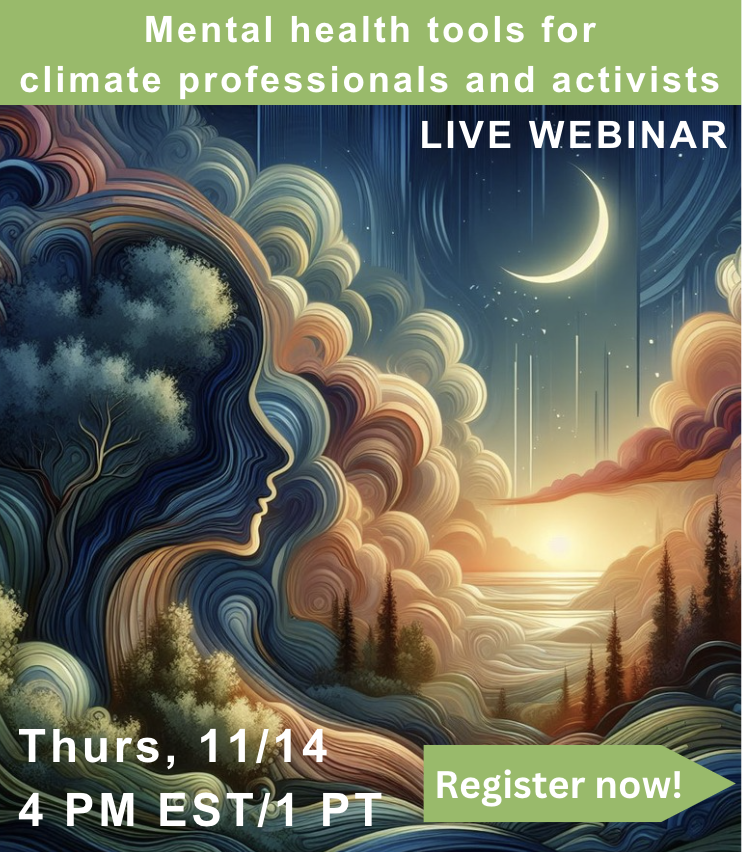
Chip in a few dollars a month to help support independent cleantech coverage that helps to accelerate the cleantech revolution!
Have a tip for CleanTechnica? Want to advertise? Want to suggest a guest for our CleanTech Talk podcast? Contact us here.
Sign up for our daily newsletter for 15 new cleantech stories a day. Or sign up for our weekly one if daily is too frequent.
CleanTechnica uses affiliate links. See our policy here.
CleanTechnica’s Comment Policy


